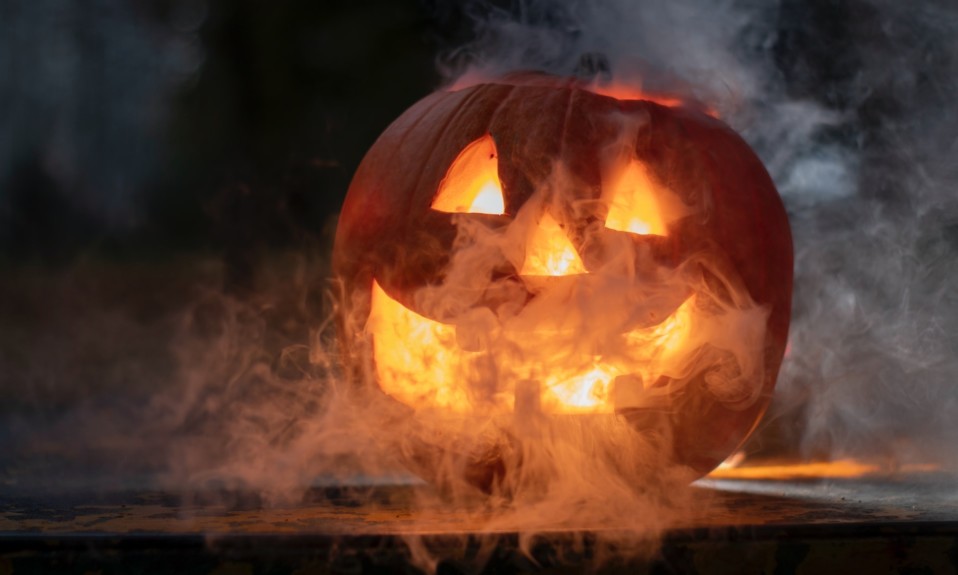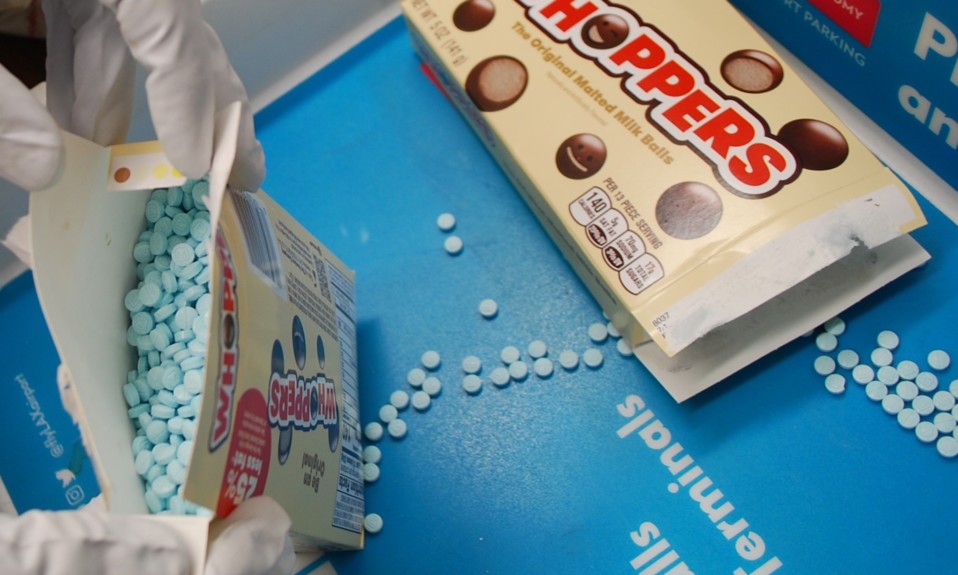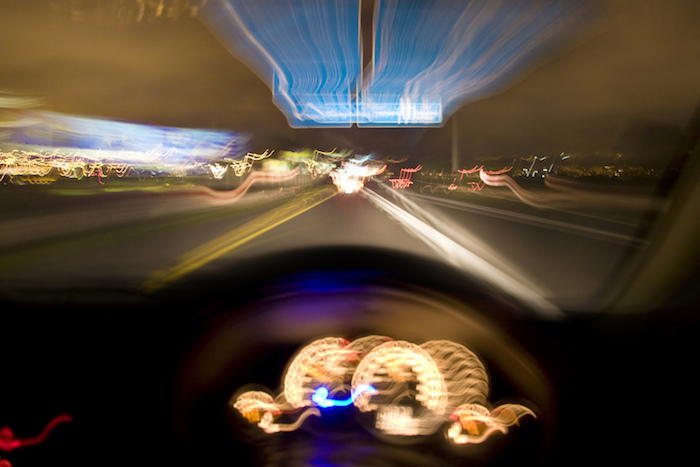The holiday has become associated with alcohol-related revelry—sometimes with dire consequences
By Jason Langendorf
With Halloween fast approaching—and with the holiday landing on the weekend this year—one organization has made it a priority to raise awareness about the dangers of alcohol on what many consider to be a day devoted to young children.
The Recovery Village Drug and Alcohol Rehab has reviewed and compiled a series of studies revealing statistics and highlighting key issues around Halloween drinking, with a focus on binge drinking among college students, drunk driving and an increase in crime.
Among all the holidays, Halloween ranked No. 5 in terms of the amount of alcohol consumed.”
Among the findings highlighted by the Recovery Village—part of Advanced Recovery Systems, an integrated behavioral health care management company that oversees a nationwide network of addiction treatment facilities—are several broader statistics that underscore the scope of alcohol use on the holiday:
- 9.3% of men and 6.6% of women reported they have blacked out from drinking on Halloween
- Among all the holidays, Halloween ranked No. 5 in terms of the amount of alcohol consumed
- Between 2012 and 2016, nearly one-fourth of pedestrians who were killed on Halloween night were done so by a drunk driver
A “Perfect Storm” for College Students
Angela Phillips, PhD, a clinical expert and clinical product manager at Advanced Recovery Systems, emphasizes the “perfect storm” of factors that make college students particularly susceptible to problem drinking on Halloween.

“A lot of times, this is their first time away [from home],” Phillips says of young college students on Halloween. “And even though they may have been exposed to drinking and that behavior before, there’s a lot of uncertainty, there’s a lot of newness and there’s a lot of lack of experience.”
In one study cited by the Recovery Village, college students who were surveyed who consumed alcohol on Halloween were found to have averaged 6.3 alcoholic beverages, or 1.4 more than they’d typically drink on a weekend night. That level of drinking can be dangerous on its own, including risks of alcohol poisoning. But the risks are compounded by the nature of the holiday.
“Couple this with what the research has shown about the risks of costumes and darkness leading to limited visibility during the time that they’re doing most of their celebrating,” Phillips says. “And then what we see as the biggest risk factor, which is greater foot traffic and the condensed areas where they’re living—that actually being what leads to, I think at least 50% of what we see in terms of fatalities.”
The DUI Factor on Halloween
The Recovery Village cites a U.S. Department of Transportation study that reported 47 deaths on Halloween night in 2016, almost a third of which were the result of drunk driving, or three times the daily average. And although driving under the influence is an obvious concern around the holiday, an increase in alcohol consumption may have a cascade effect on other crime as well.
“Not only are you going to see an increase in DUI penalties, as well as underage drinking, which is illegal,” Phillips says, “but then you’re going to see these other issues—from disorderly conduct to assault to domestic violence. And then there’s vandalism and theft, which is probably more of what people are thinking about [related to Halloween].”
Let’s normalize non-alcoholic drinks during holidays like Halloween. And if we do plan on partaking, really think about it beforehand. Make a transportation plan.”
—Angela Phillips, Advanced Recovery Systems
Although the Recovery Village lists alternatives to drinking on the holiday (pumpkin carving, hayrides, visiting a haunted house), Phillips acknowledges that “we aren’t going to renormalize all this tomorrow.” But she does offer thoughts for students—and others—that can help improve safety and reduce harm:
“Let’s normalize non-alcoholic drinks during holidays like Halloween,” she says. “And if we do plan on partaking, really think about it beforehand. Make a transportation plan. And that can include reduction in those congested areas that do have more pedestrian-vehicle interaction, or avoiding situations where you might want to drive home even after those one or two drinks if you live close. When you’re drinking, stay nourished, hydrate and spread it out over time.
“Whatever the case is, the more we can create awareness and then also add those tools for safety, the more fun everybody can have.”
Top photo: Szabo Janos














